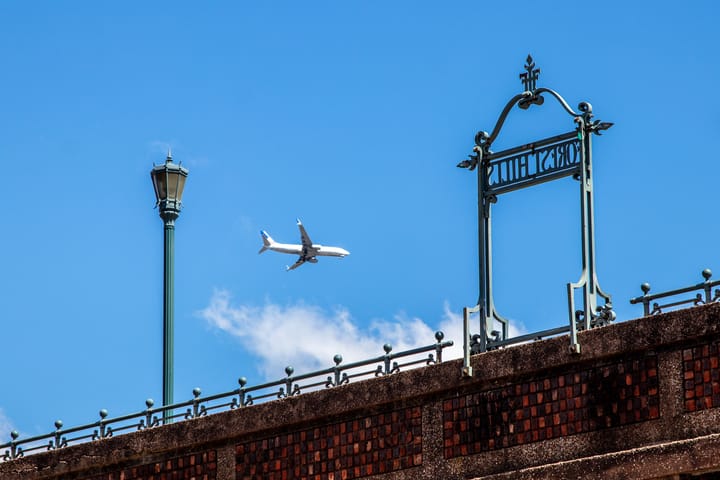City of the dead
New York, NY, USA
About 20,000 years ago, a good part of present-day New York City was buried under the ice of the Wisconsin Ice Sheet. The retreating ice eventually left a piled-up mass of debris, broken rock and sand, across much of what is now Brooklyn, Queens and Staten Island. The debris marking the limits of the ice sheet, known as a terminal moraine, formed a line of hills that stretched across areas such as Bay Ridge, Prospect Heights, Highland Park, Cypress Hills and Ridgewood.
During the first phases of New York City’s expansion, the line of hills left behind by the ice were among the city’s least desirable tracts of land. Not suitable for farming or building, they were cheap land that could be relegated to other uses: spoil tips, parks, and cemeteries. As a result, this part of Queens is both surprisingly green, and filled with a surprising number of cemeteries.
One of the largest New York cemeteries is Cypress Hills, with 400,000 graves, but it finds itself jostled by a host of neighbors – Mount Lebanon, Machpelah, Beth-El, Union Field, Mount Carmel, Mount Judah, and Cypress Hills National Cemetery with its lines of well-regimented white grave markers stretching away uphill in orderly lines. This last is a military cemetery, one of a network of burial grounds for service members established after the Civil War.
The terminal moraine isn’t all cemeteries, though. The presence of so much parkland eventually made it a desirable place for ex-urban communities like Forest Hills, a prestigious development started by Frederick Law Olmstead and his partners. The architecture of Forest Hills is sometimes described as ‘English’, mostly by people who don’t know any better. In fact, the houses seem to be a pastiche of different English-inspired styles, all jammed together willy-nilly, sometimes on the same building. As a neighborhood, it’s undeniably pretty, with its wide, tranquil, leafy avenues and its large houses set on their green lawns, but the juxtaposition of different stylistic elements is a little unsettling. It’s a sort of pick-and-mix approach to architecture, and it makes it very clear that this isn’t a neighborhood that evolved organically. However haphazard the results, it’s very clear that this was planned, and the somewhat twee faux-English look was part of the plan from the outset.
